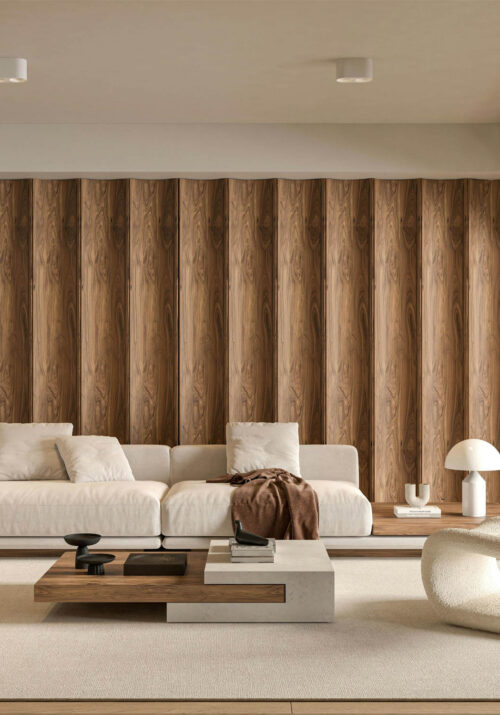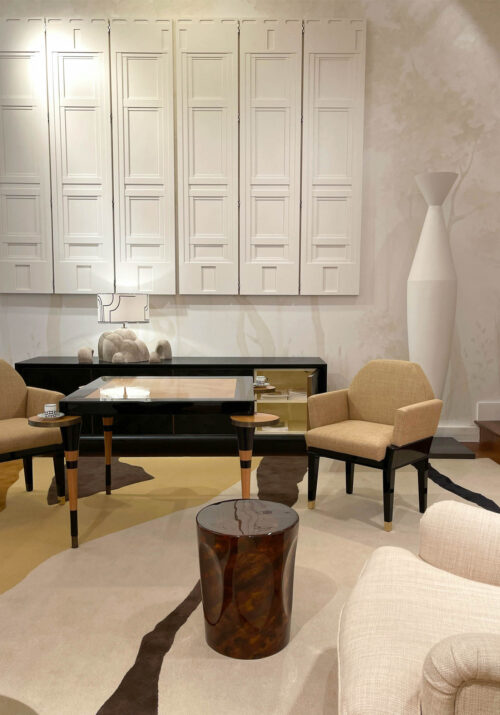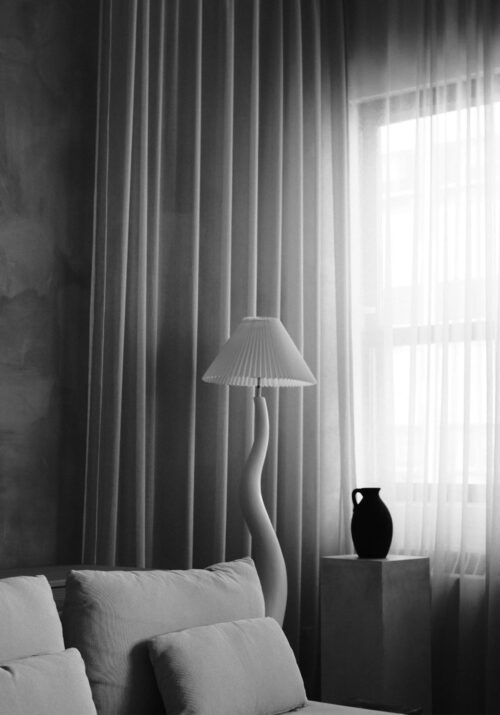Moving into a new apartment is an exciting adventure, but before you embark on the journey of decorating and personalizing your space, it’s crucial to take the time to assess and understand your apartment thoroughly. In this guide, we’ll explore practical tips and examples to help you unveil the potential of your living space.

This post may contain affiliate links, meaning I could earn a small commission if you make a purchase through my link, at no extra cost to you. You can read my full disclosure here. Thank you for supporting Alagu Home!
Sit in a Room and Reflect: Discover Your Preferences
Begin by immersing yourself in each room of your apartment and that is how you’re really going to assess your apartment. Take a moment to sit down and truly connect with the atmosphere. Reflect on your likes and dislikes, considering the play of natural light, the arrangement of furniture, and the overall ambiance. Note the aspects you appreciate, whether it’s the cozy nook by the window or the open layout of the living room.
Equally important is identifying elements you wish to change, be it the color scheme, lighting fixtures, or spatial arrangement. Understanding your preferences at this foundational stage is instrumental in shaping a space that authentically resonates with you and feels like home.
Make a Detailed List: Like, Dislike, and Wishlist
Transform your reflections into a tangible roadmap by creating a detailed list for each room. Categorize elements into what you like, dislike, and envision as your ideal setting. Delve into specifics, such as the color palette, furniture styles, and decor themes that appeal to you.
This list becomes a dynamic tool, guiding you through your decorating journey. Not only does it serve as a comprehensive inventory of your preferences, but it also allows you to prioritize changes and improvements based on your personal tastes and needs. In other words, you are making a list to better understand your apartment.
Prioritize Functionality and Form: Balancing Act
Beyond the aesthetic allure, consider the functionality of each room. Strive for a harmonious balance between form and purpose. Assess the practical aspects, ensuring that the layout supports the intended use of the space. For instance, in your bedroom, prioritize a layout that fosters relaxation and promotes a good night’s sleep.
In the kitchen, seek an arrangement that enhances efficiency during meal preparation. This balancing act between functionality and form ensures that your living environment not only looks appealing but also seamlessly caters to your daily activities and routines.
Measure Everything Before Shopping: Avoid Surprises
Before embarking on the exciting journey of shopping for furniture and decor, take the necessary step of measuring every aspect of your space. Precision is key; measure walls, windows, and doorways to understand the spatial constraints.
Additionally, consider the logistics of getting your purchases into your apartment by measuring doorways, staircases, and elevators. This meticulous approach helps you avoid surprises and ensures that each selected item fits seamlessly into your space, preventing potential inconveniences during the decorating process.
Unlock the secrets of your apartment by learning how to assess and understand your space in this guide. Keep reading to unveil the insights.
Draw a Floor Plan: Visualize Your Layout
Enhance your planning process by translating measurements into a visual representation. Utilize graph paper or online tools to create a scaled floor plan for your apartment. This visual aid becomes a powerful tool for arranging furniture and decor.
Experiment with different layouts, ensuring a cohesive and well-thought-out design. Visualizing the placement of each element contributes to the creation of a harmonious living space, maximizing both aesthetic appeal and functional efficiency.

Document Everything: Capture Before and After
As you embark on the transformative journey of making changes to your apartment, document every step of the process. Capture images of everything you are removing or replacing, including furniture, decor, and any modifications. Maintain a designated box for these visual records, accompanied by a detailed list of items you’ve altered. This meticulous documentation not only serves as a personal keepsake of your creative endeavors but also proves invaluable when it comes time to move out. It ensures you can easily restore the apartment to its original state, promoting a smooth transition and the full return of your security deposit.
Keep a Moving-Out Box: Stay Organized
Streamline the moving-out process by adopting an organized approach. Designate a specific box for items you’ve removed or replaced in your apartment. Include the photos and lists you’ve compiled throughout the decorating journey.
This moving-out box becomes a centralized hub for all relevant documentation, making it easier to track changes and maintain order. When the time comes to move out, you’ll appreciate this proactive method, ensuring a smooth transition and facilitating the return of your security deposit.
Always Carry Your List and Measurements
In addition to the comprehensive planning process, always carry your list of preferences, dislikes, and measurements with you. Whether on your phone or in a notebook in your handbag, having this information readily available is invaluable. You never know when you’ll come across the perfect item for your apartment. This way, you don’t have to guess or risk an item not fitting in your space.
Also, always carry a tape measure to ensure accuracy and avoid any uncertainties when making impromptu purchasing decisions. This extra step ensures that your decorating journey remains organized and efficient, allowing you to seize opportunities and make informed choices on the fly.
Final Thoughts
A crucial step in the journey to create a living space is to understand and assess your apartment to make it reflect your personality and meet your needs. By following these detailed tips and examples, you can embark on the decorating process with confidence, avoiding common pitfalls and ensuring a seamless transition when the time comes to move out.














